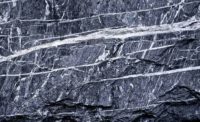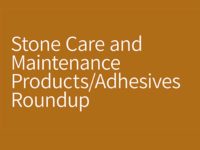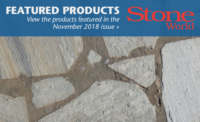With the advancements in tile manufacturing technology and low maintenance requirements married with unlimited aesthetic options, it is no wonder why tile continues to be a popular choice among consumers. However, bad maintenance habits and lack of knowledge coupled with misinformation are not uncommon challenges for both residential and commercial tile installations. Following the recommendations discussed in this article will help ensure these installations look new for decades to come with minimum time, effort and cost.
There are several topics that need to be covered when establishing a proper maintenance program. The first step is to understand and implement a proper PPE program.
PPE PROGRAM
In this case, PPE stands for Product, Process and Equipment, and just like traditional PPE (Personal Protective Equipment), this PPE is designed to protect. These three elements are critical when establishing how best to maintain any given tile installation as the needs will vary based on a variety of factors to be discussed later.
It goes without saying that using the right products should be a given. However, while today’s ceramic and porcelain tiles are extremely chemical resistant, we must consider the grout as part of the overall installation. As with tile, there are many different types of grouts, which offer a variety of attributes, including stain and chemical resistance among others. This is important because using commonly available household and janitorial cleaners that are highly acidic or caustic can lead to serious long-term issues. The good news is that tile installations do not require these harsh cleaners to keep them clean. The first step is to identify the everyday use and exposure of the installation. For example, is this a restaurant or food court, a countertop, shower/bathroom? For some, the difference of residential use verses commercial use can significantly change the cleaners used.
Establishing and implementing a proper process is as equally important as using the right product(s). Knowing when to dust mop verses wet mop, or use a steam mop verses an autoscrubber, can make the difference between having clean or dirty looking floors. And every job is unique due to factors, such as number of people trafficking the job, pets, contaminate exposure, size of the area and layout. All these factors can make a difference in terms of deciding what maintenance process is best for each installation. Often testing and adjusting different frequencies and methods are necessary to settle on the best system.
Choosing the right equipment for the job is the final component for a proper PPE program. Knowing when to use scrub pads verses brushes, traditional mop verses steam mop, or even when and what type of autoscrubber to use, all factor into determining the suitability and ease of cleaning.
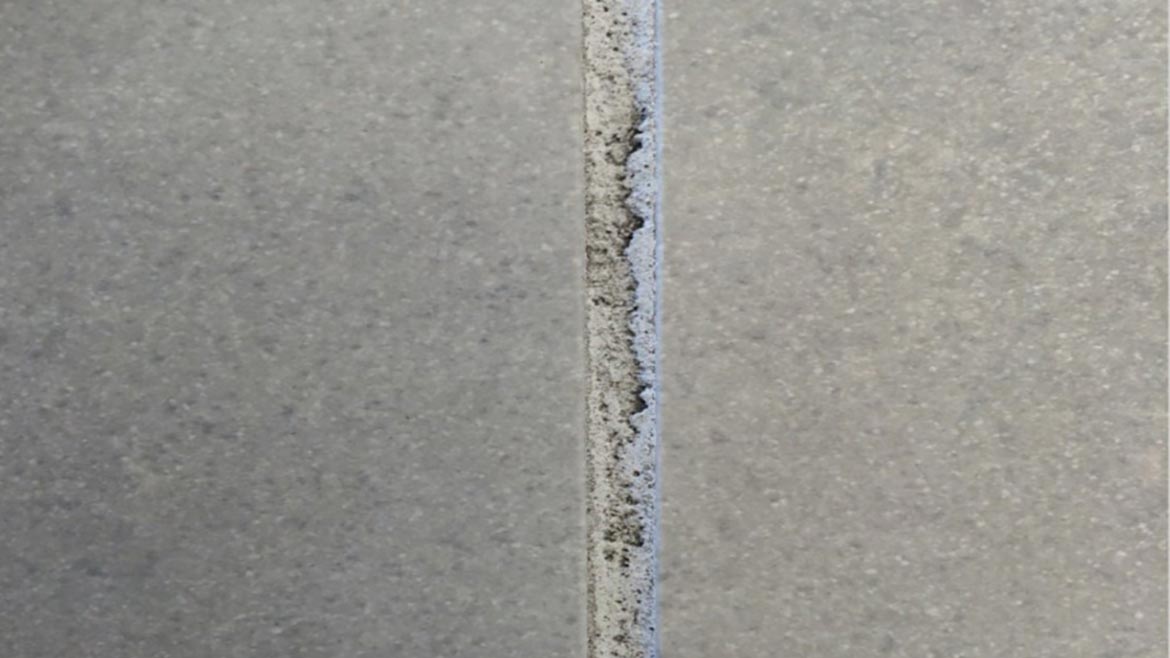
Damaged grout from the repeated use of the wrong type of cleaner. Photo courtesy of MAPEI
For commercial installations, walk-off mats can play a critical role in reducing soil and debris transfer to the floor. Consult with the mat supplier or manufacturer to determine key factors such as mat placement, size, type and length of mat. Having a mat maintenance service can also be essential to the ongoing success of keeping the floor looking clean and new.
For commercial exterior installations, if pressure washing is considered, first, discuss it with the grout manufacturer and a reputable maintenance service company. While most tiles such as porcelain will not be harmed by pressure washing, some grouts can be — leading to deterioration and possible removal of the “cement paste” at the surface. This exposure of the sand aggregate in the grout makes it look “dirty” due to the variety of colors inherent in the product. Over time, the grout may weaken and eventually come out of the joint as well. Pressure washing can often be used, but frequency, amount of psi used and proximity of the wand to the surface can all play roles in the success or failure.
As with installing the tile, determining the best product(s), process and equipment should be with consensus between the tile/grout manufacturer, maintenance product manufacturer and equipment manufacturer.
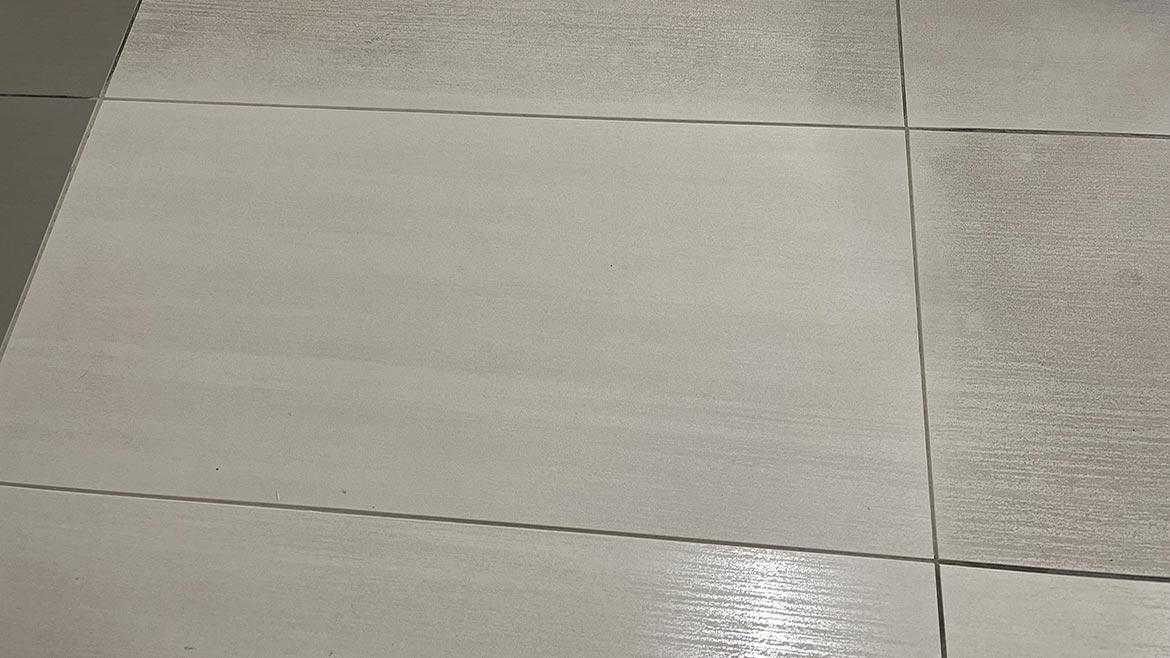
Test area that verifies the use of a high alkaline cleaner to restore the factory look of the tile and grout. Photo courtesy of MAPEI
Routine Maintenance
Routine maintenance can vary but often refers to the daily or weekly needs of an installation. Too often, old cleaning traditions are passed on, such as using vinegar or bleach and a toothbrush to clean grout, along with a vast number of other unnecessary products. Using common household cleaners for residential jobs or harsh janitorial cleaners, which are commonly acidic or caustic in composition, can effectively clean tile and grout, but at a cost. These products can discolor grout, damage or remove sealers and, in some cases, even etch or dull tiles. While these cleaners are readily available and typically inexpensive, the damage they leave behind often leads to more time, energy and added cost in the long run.
Most ceramic and porcelain tiles are glazed and don’t require sealing, but there are some that can benefit from sealer. Not only can sealers offer stain resistance for certain tiles and grouts, but by lowering the absorption rate of these surfaces they also lower the maintenance requirements. Types of tiles that may require or can benefit from sealing preferred to seal are quarry tile, cement tiles, crazed or crackle-glazed ceramics, as well as unglazed polished or unpolished porcelain tiles.
Typically, the type of sealers used are penetrating or impregnators. When a high-performance sealer of this nature is used, when properly applied, it should and often does, last for years. However, the number one reason for these products not lasting as long or performing as well as they should is the wrong maintenance program.
The good news for most installations is that a pH-neutral cleaner is all that is required to keep the installation clean and looking beautiful. However, while this process takes little time and energy, rinsing and removal of the dirty solution is a key element to prevent soil and dirt buildup over time. This can be done with a mop and bucket or common home cleaning machines or for commercial jobs with an autoscrubber with extraction capabilities. Either way, removing the dirty solution is a must.
Many like the idea of “rinseless” cleaners, but while the cleaner itself is made of a variety of self-evaporating ingredients, the dirt, debris, soil and contaminates do not evaporate. The remaining dirty solution dries on the tile and grout and will show a buildup fairly quickly.
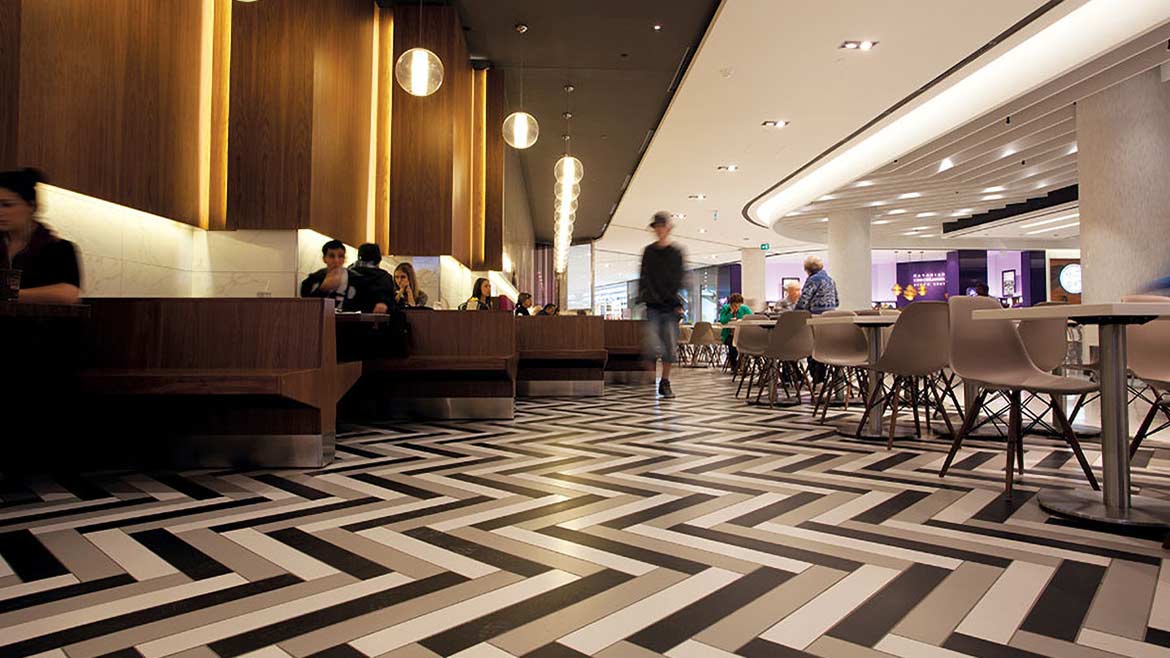
Shopping mall food court in use showcasing the proper maintenance and beauty of tile. Photo courtesy of MAPEI
Heavy-Duty Periodic Maintenance
While being inherently low maintenance, tile is quick and easy to clean as has been discussed. Nevertheless, a periodic deep cleaning will be needed at some point. This may be once or twice a year for some installations, such as residential. In contrast, commercial installations may require deep cleaning once a quarter or once a month. As all installations are different, cleaning schedules will need to be adjusted based on the traffic and general use the floor receives. As mentioned above, the PPE program will likely need adjusting such as the equipment used, frequency, product and or dilution/dwell time.
In most cases, using an alkaline cleaner diluted per the manufacturer’s instructions will produce the desired results to break down and remove any buildup and or surface contaminates.
The key to success is to use products manufactured by companies in the tile industry who understand the needs, challenges and issues that are unique to every job.
Following these simple recommendations and implementing a proper PPE program will ensure years of satisfaction and trouble-free enjoyment. Remember to consult with your local supplier, product manufacturer and equipment manufacturer (when needed) for expert recommendations up front to avoid the guessing game. Doing so will help prevent a CSI investigation and needless blame-game. It will also lead to more showcases of the true craftsmanship and beauty that is the tile industry.


